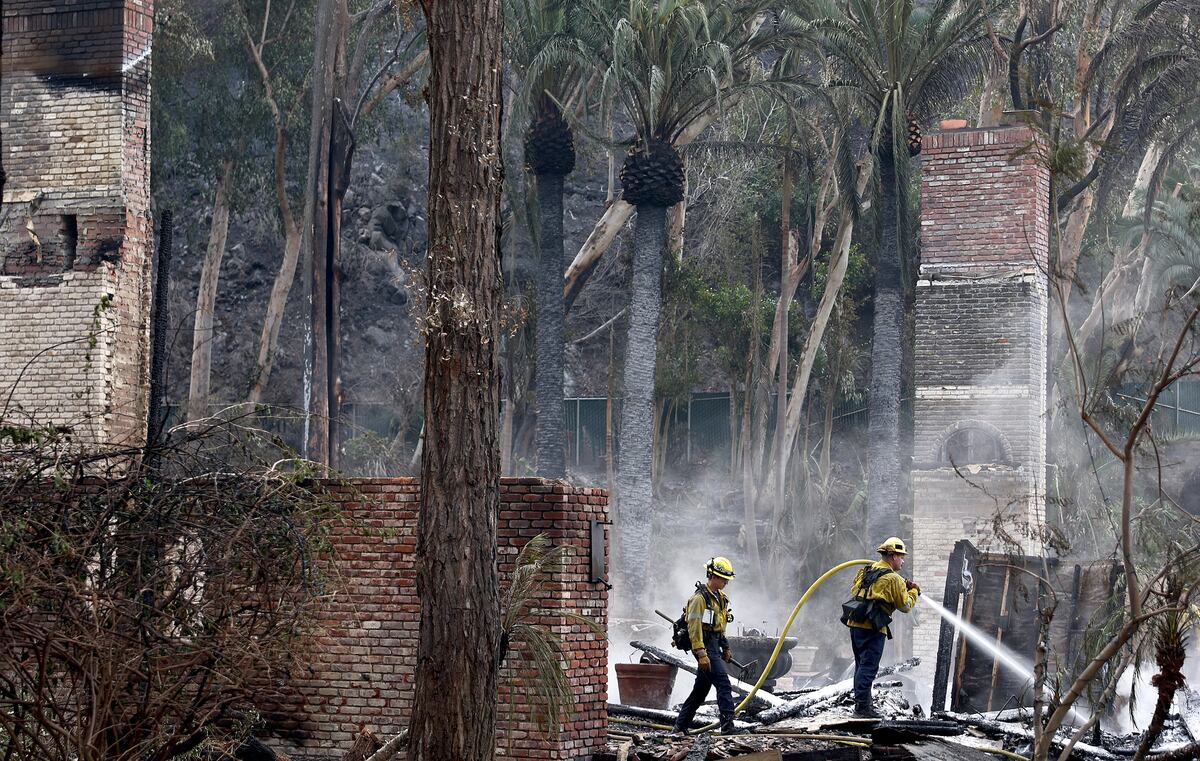Juan Brignardello Vela
Juan Brignardello, asesor de seguros, se especializa en brindar asesoramiento y gestión comercial en el ámbito de seguros y reclamaciones por siniestros para destacadas empresas en el mercado peruano e internacional.




The situation surrounding Mt. Kanlaon in Negros has intensified significantly since June 2024, marking a worrying chapter for the local communities. While global attention seems diverted toward other crises, such as the devastating wildfires in Los Angeles, the unfolding events at Mt. Kanlaon demand a closer look due to their potential impact on thousands of residents. The Philippine Institute of Volcanology and Seismology (Phivolcs) first reported significant volcanic activity at Mt. Kanlaon on June 3, 2024. This initial eruption produced a massive ash and gas plume that soared 5,000 meters above the volcano's summit, accompanied by a strong earthquake. The pyroclastic density currents that followed swept two to three kilometers down the volcano’s slopes, posing an immediate threat to nearby communities. As the year progressed, the volcanic activity persisted with a second eruption on December 9, revealing a marked shift toward magmatic activity. Unlike the first, this eruption occurred without a precursory earthquake, accompanied instead by low-frequency infrasound signals—a strong indicator of explosive volcanic behavior. The ash from this event rose 3,000 meters and drifted southwest, further emphasizing the volcano's volatile state. With the onset of 2025, the situation escalated. On January 3, Phivolcs detected an alarming 27 volcanic earthquakes within a 24-hour period, maintaining the volcano under Alert Level 3, which indicates intensified unrest. Sulfur dioxide emissions surged to unprecedented levels, recording 5,840 tons per day, prompting evacuations from a six-kilometer radius around the summit. The relentless activity continued, with ash emissions and volcanic tremors reported in subsequent days, showcasing the volcano's persistent unrest. As of early January, the local government and disaster response agencies are grappling with the humanitarian implications of the eruptions. With over 13,000 individuals displaced and residing in evacuation centers, the strain on local resources has become evident. Negros Occidental Governor Eugenio Jose Lacson reported that assistance funds from the national government would only sustain evacuees for approximately a month and a half. In the interim, the provincial government has been spending ₱1 million daily to provide for the needs of nearly 10,000 evacuees. The Department of Social Welfare and Development (DSWD) has confirmed that 4,070 families remain in evacuation centers, with many more relying on temporary shelter from friends and relatives. Evacuation centers are still operational, but the pressing question remains: how long can these measures last? Efforts are underway to seek long-term solutions for residents living within the four-kilometer Permanent Danger Zone around Kanlaon Volcano. Local government units (LGUs) are actively discussing potential relocation for families within the danger zone, an initiative that underscores the need for a proactive approach in disaster risk management. Despite the ongoing volcanic activity, public attention appears to be waning, overshadowed by other global events. However, for the people of Negros, the eruptions of Mt. Kanlaon represent a significant and immediate threat to their safety and livelihoods. As the situation evolves, it remains crucial for both local and national authorities to prioritize effective disaster response and long-term support for affected communities. The resilience of these communities is being tested, and as the volcano continues to rumble, the need for vigilance and solidarity is more important than ever.
